Should You Buy a Used Grill?
What to look for when buying a used gas grill
Are you considering buying a used gas grill? Or perhaps you're wondering if yours has another season left in it? How can you tell if it’s worth keeping, or if you should buy a new one? We’re going to walk through how and what to inspect when making that decision. If some parts need replacing, we’ll show you how to find those! With regular maintenance and cleaning, you can ensure that your grill lasts for many summers to come.
Inspecting the Exterior of the Grill
When inspecting the grill out of storage, or during a marketplace buy, the first area you’ll want to check is the exterior. Do you see any signs of rust? Is the paint peeling? Are any knobs missing? Are there dents or holes? Consider asking how the grill was stored; was it covered over, was it kept in a shed or garage, was it exposed to moisture? A bit of dirt or grease shouldn’t be a dealbreaker, but if the exterior is excessively rusty or has holes, that is a cause for concern.
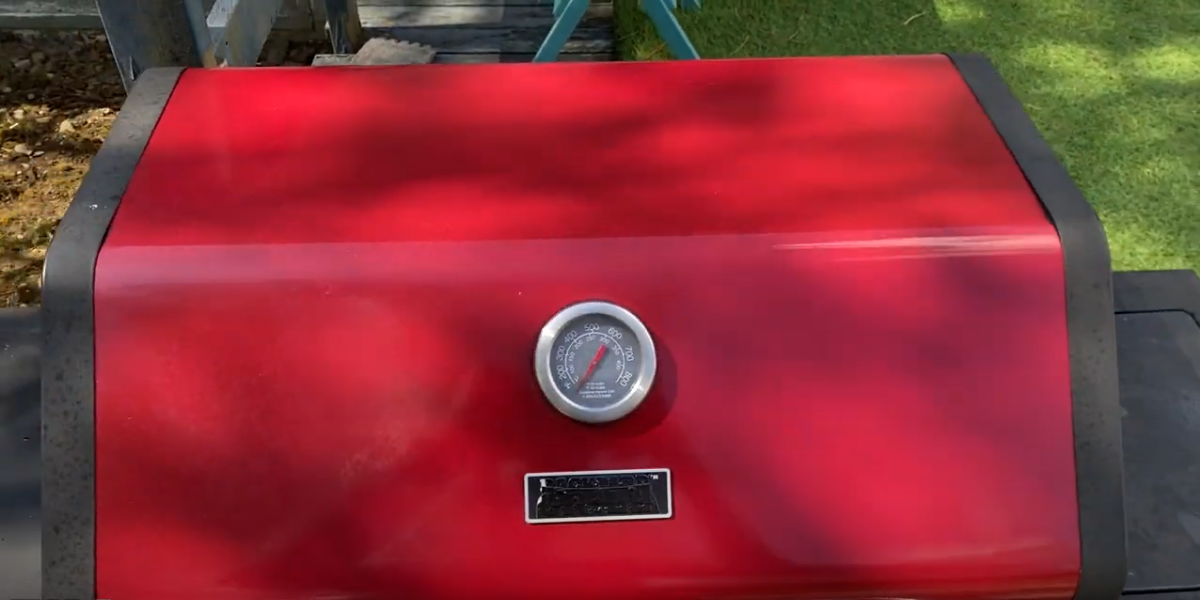
Inspecting the Interior of the Grill
When looking under the hood (aka the lid), once again we want to look for rust damage. Check the cooking grates, heat shields, and drip pans or grease trays. If the grill hasn’t been properly maintained or cleaned, it’ll be obvious with the amount of grease and rust on these parts. Deep cleaning may be able to salvage some of this by removing grease and burnt-on food.
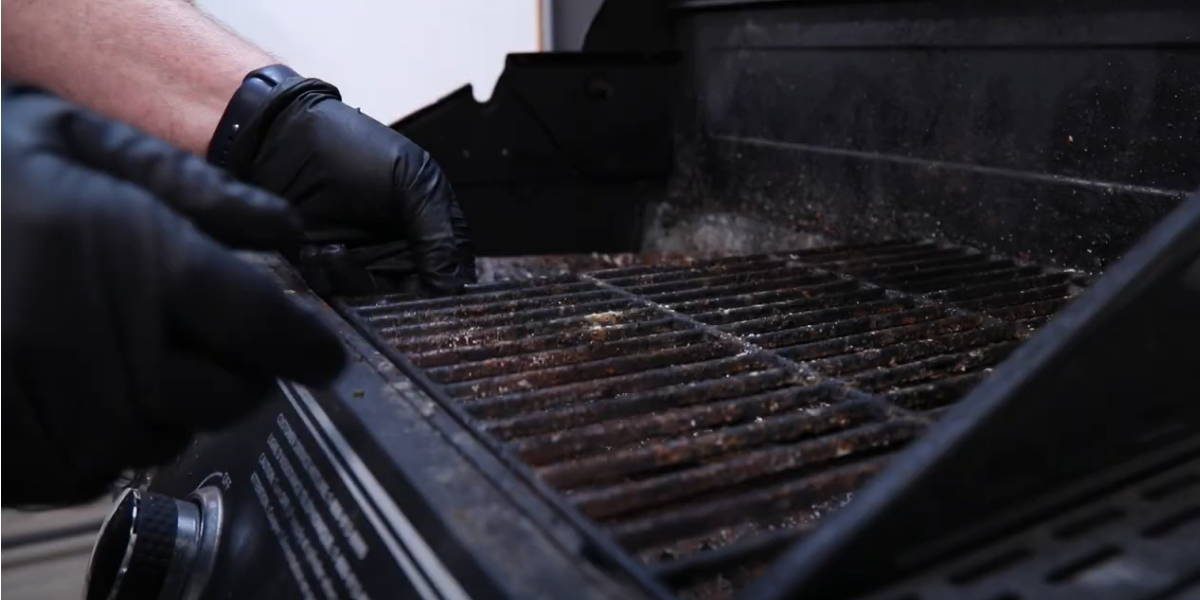
If you don’t want to replace any parts, you can temporarily deal with rust with a wire wheel, then use a high-heat enamel spray paint to coat the pieces. If there is significant rust damage, that part will need to be replaced. It is not uncommon for corrosion to occur in the drip pan, which can result in grease splattering down onto your deck. If the hole is on the small side, you can patch it with some scrap sheet metal and a steel-reinforced epoxy putty. This should get you through the summer, but you’ll want to look for a replacement after that.
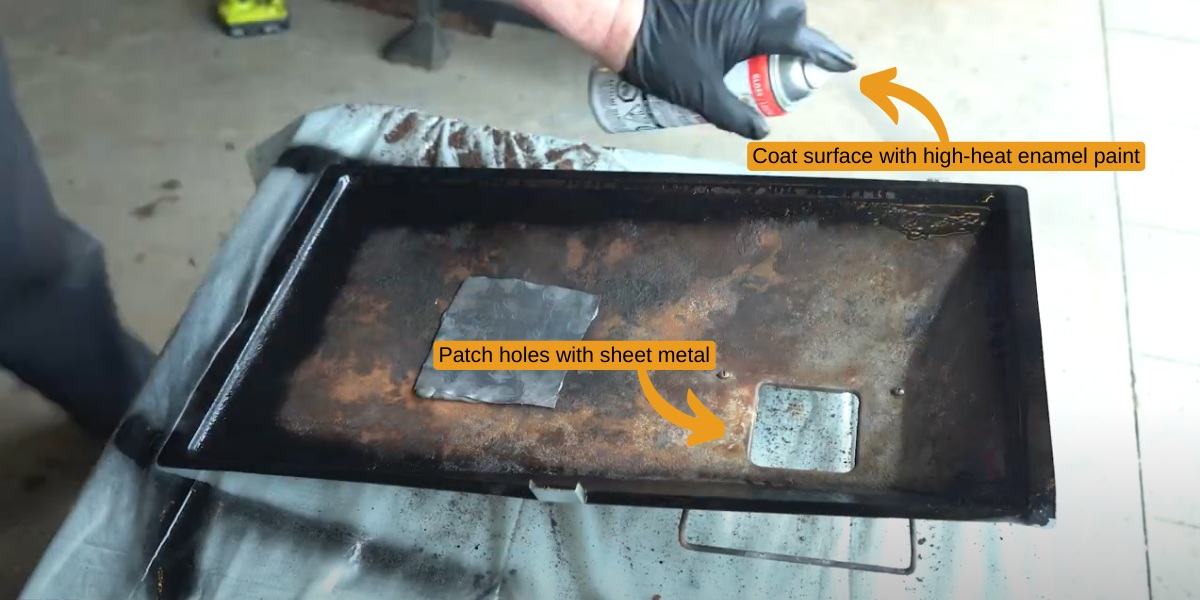
Check for Gas Leaks
To check for leaks in your tank or lines, you’ll need a propane tank to hook up to the grill along with some soapy water. First you can visibly inspect the lines for any cracks or splits. If all looks good, connect the tank and open the valve. Dab the soap solution around the hose connector, regulator, and valve. If you notice any bubbles sputtering, you have a leak! Tighten up any connections, but if a leak persists you may need to replace these components. You can find OEM replacement grill parts such as igniter switches on our site.
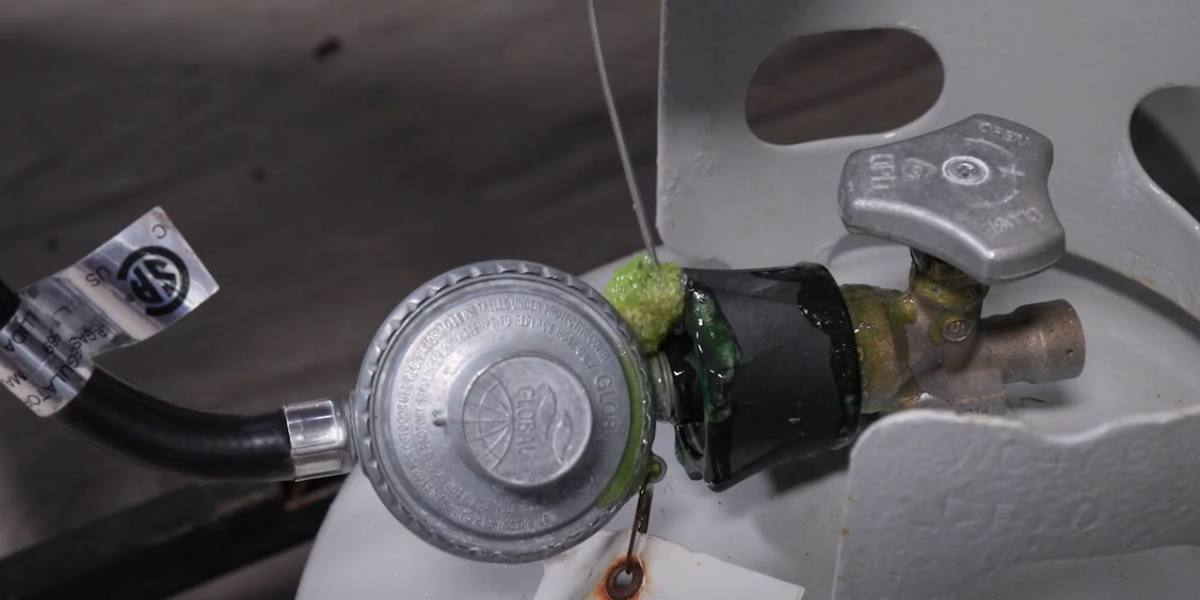
Does the Grill Ignition Light?
Did you know that spiders love to build their nests in your grill’s burner tubes? Sorry to ruin your appetite, but it’s true! Before attempting to light the grill, remove each of the burner tubes and ensure that they’re clear of debris or blockages. If the grill has an electric start, be very careful not to damage the electrode around the igniter. You can use a small wire brush to run over the tubes and clear any clogs. Having proper airflow will help ensure that you have a consistent and strong flame from your burners.
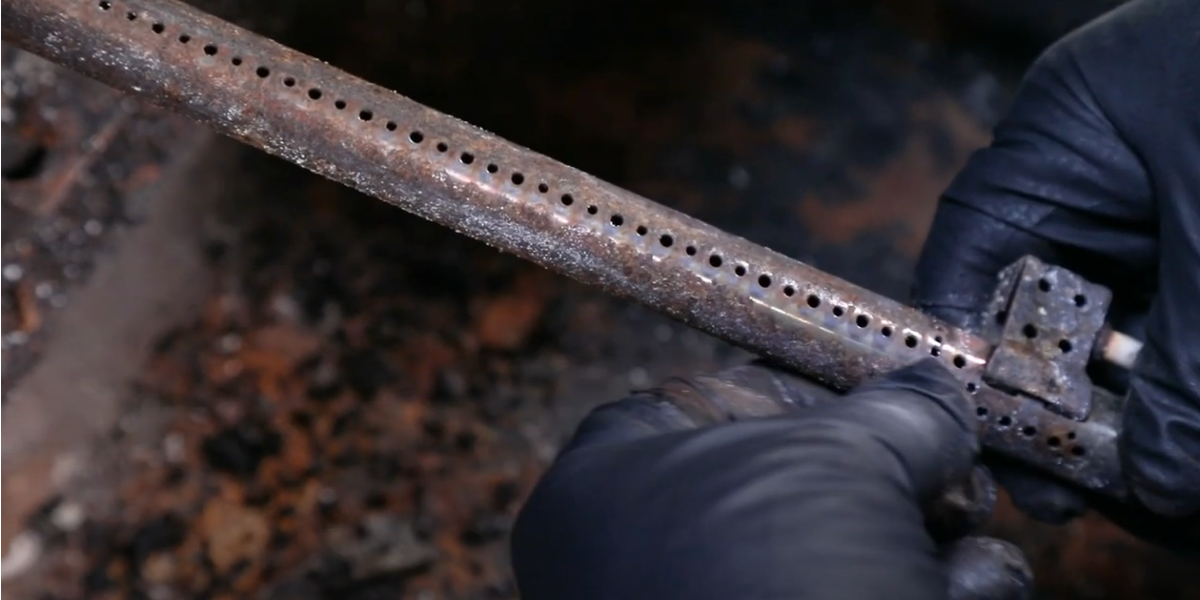
With the burners inspected and cleaned, it’s time to test if they will light. With the top up, test each ignition switch to ensure they spark consistently and light the burners. You want to look for an even flame pattern which should be blue with a yellow tip. This indicates a clean and efficient burn.
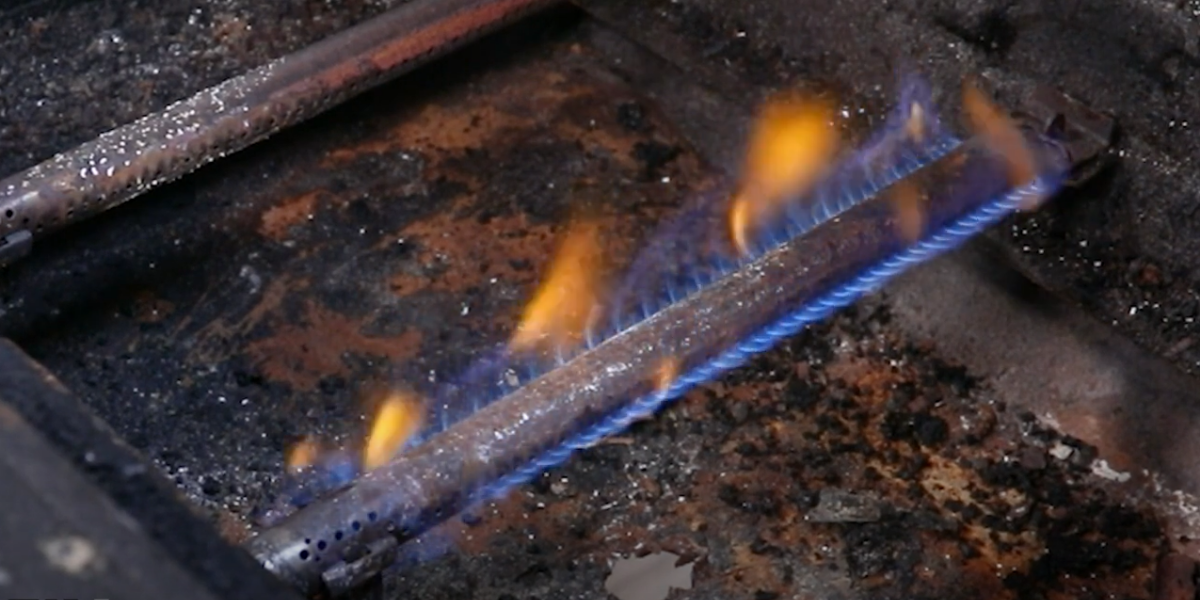
Grill Parts You Can Repair or Replace
If you’ve made it this far and the used gas grill only needs some minor work, it may just be a worthwhile investment for you to pick up! One item to consider when buying a used grill, is how easily can these parts be replaced? You can enter the model number into the Fix App to see all the available parts for the grill. Items like burner tubes, ignitions, knobs, thermometers, or heat tents should all be relatively easy to find and replace, depending on how old your grill is.
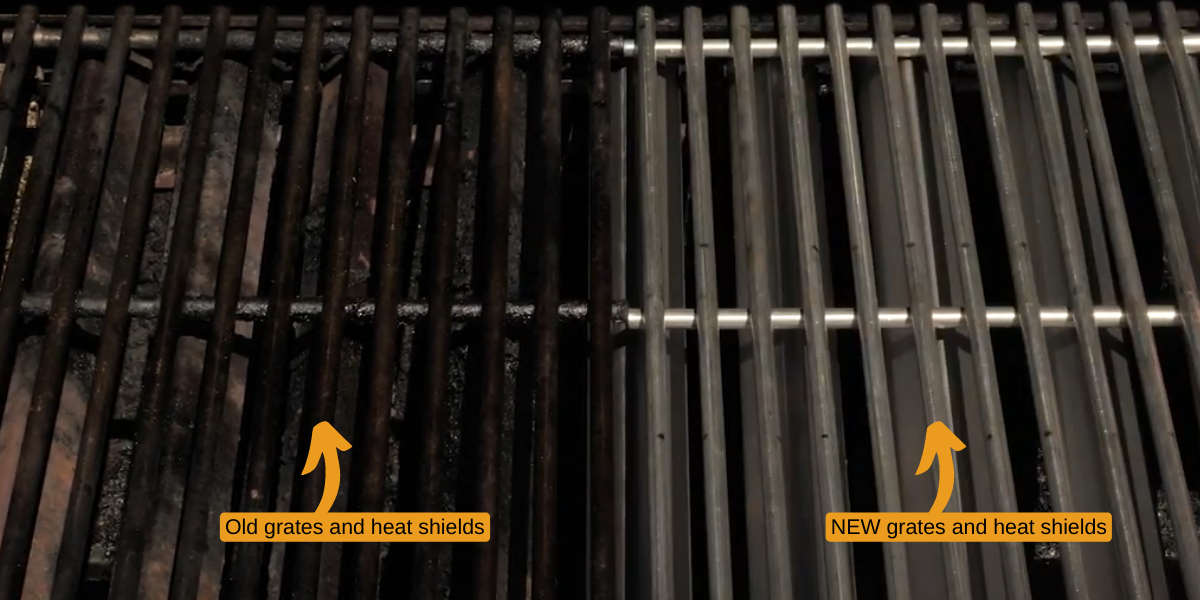
How to Maintain Your Grill
If your grill cleaning method is “it’ll just all burn off!” then I have some bad news for you. Your grill needs to be cleaned and maintained just like the other hardworking appliances and tools around your home. This ensures your grill will last for many more seasons, along with preventing any foodborne illnesses. You should do a thorough deep clean at least once per year (ideally before winter storage and then again when summer starts), but if you grill multiple times a week, you’ll need to put in some more elbow grease.
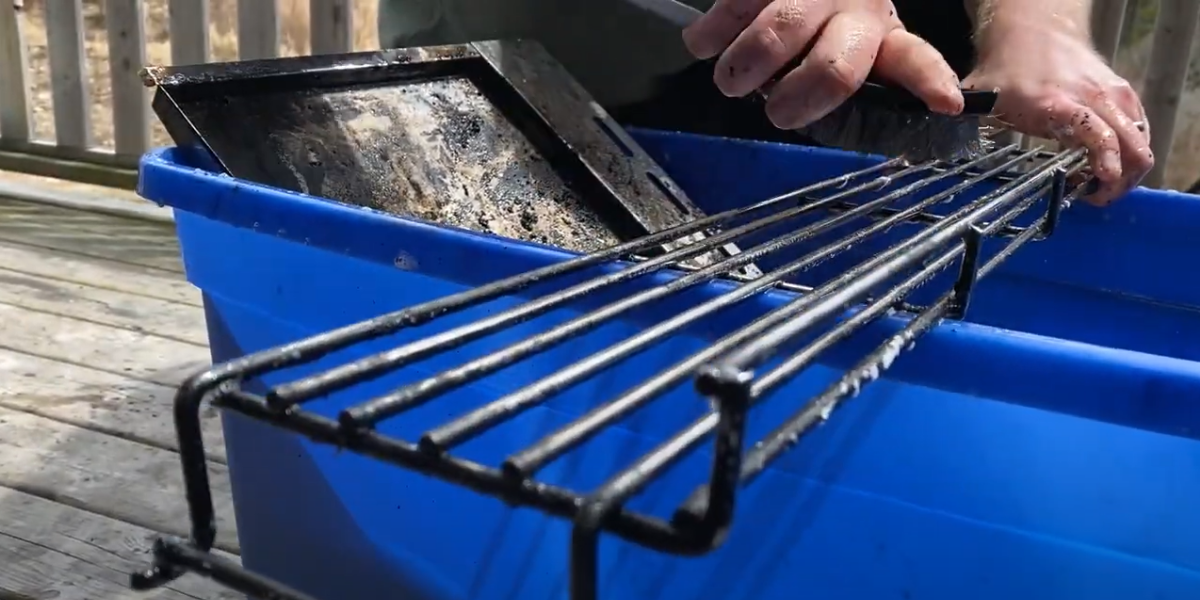
The cooking grates should be cleaned after every use, along with any other surfaces that food will be touching. There are many commercial products designed for this such as wire brushes or wooden scrapers. When the whole grill is cool you can wipe down the inside of the lid, clean off the heat shields in warm soapy water, and dry everything off. If your grates are cast iron, you can apply some vegetable oil to prevent them from rusting.
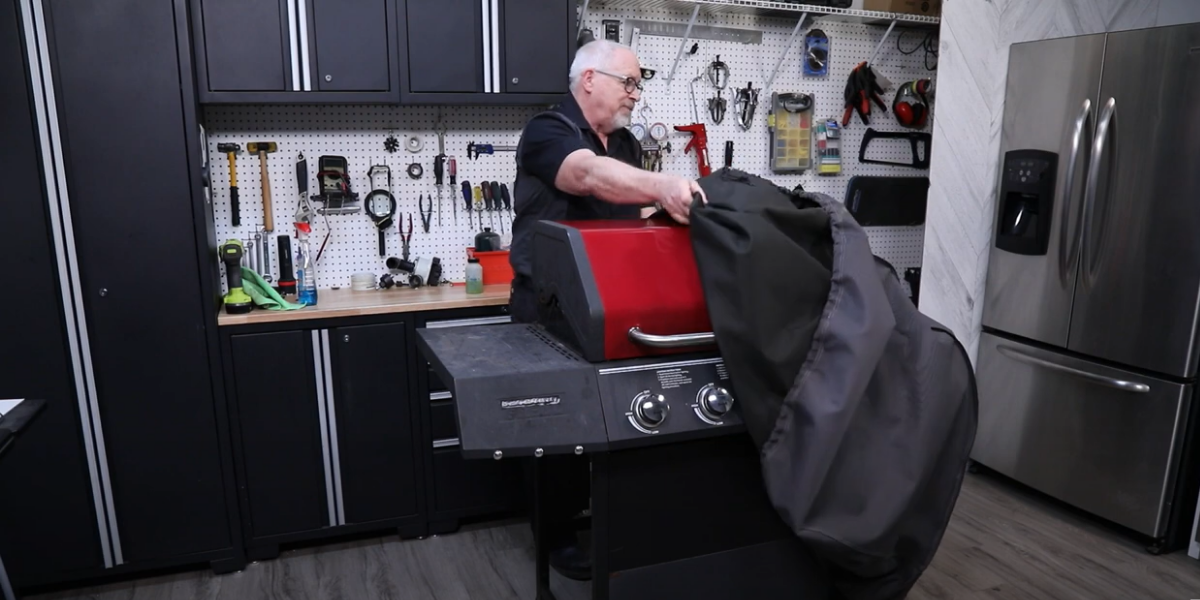
Finally, cover over your grill. This prevents dust, pollen, and critters from getting into or on your grill. A cover also protects from moisture, which causes the dreaded rust and corrosion. Want to learn more about maintaining your grill and other outdoor equipment? Join us on YouTube and we’ll show you how it’s done!
